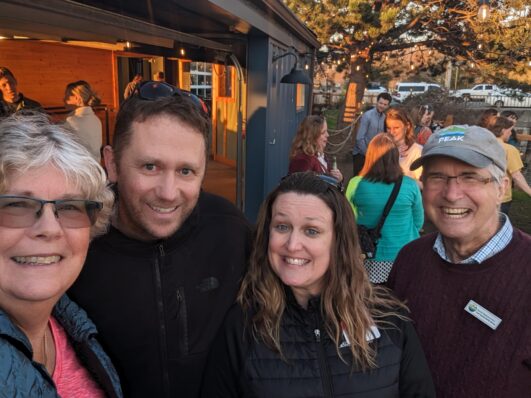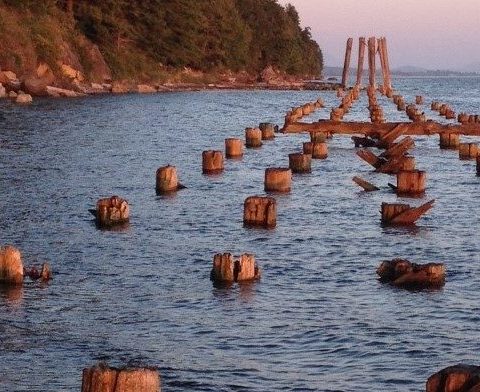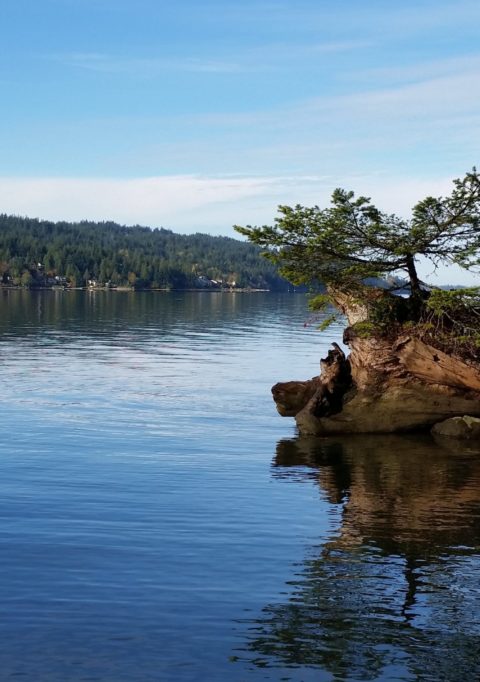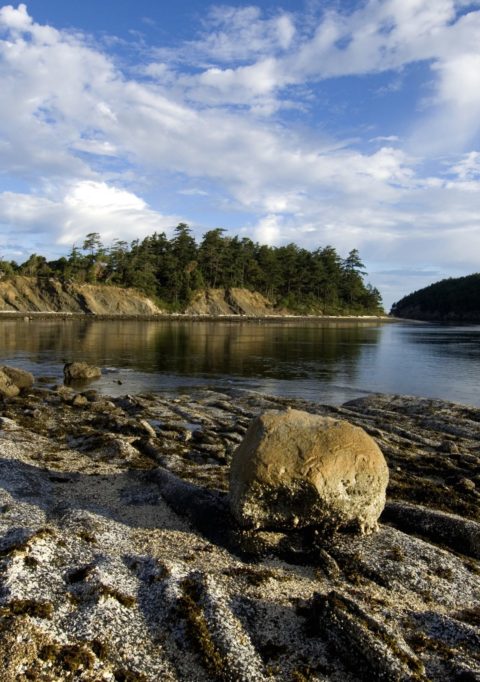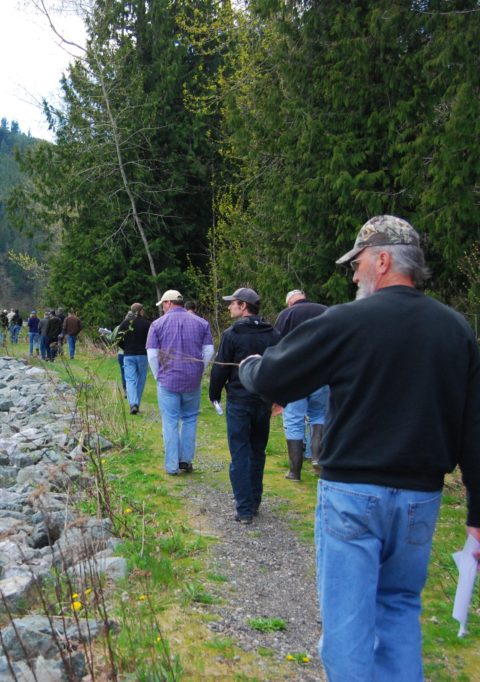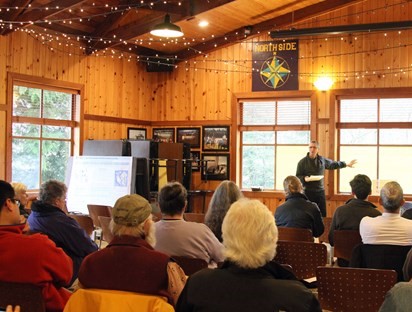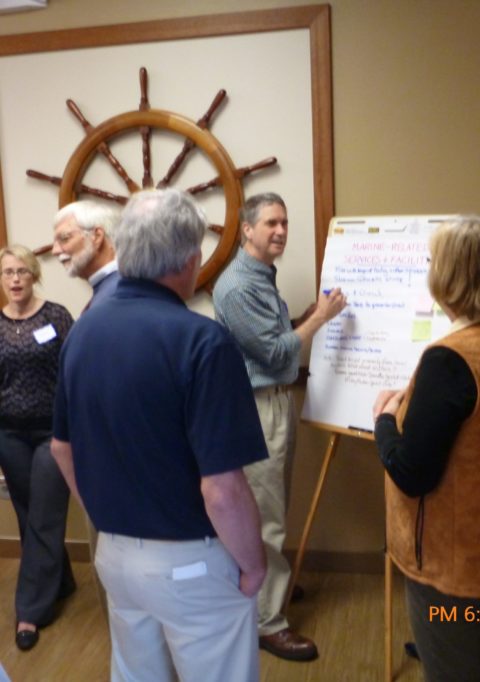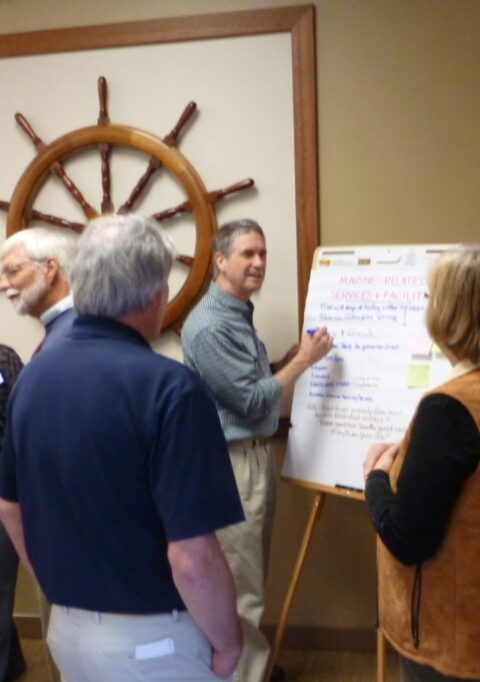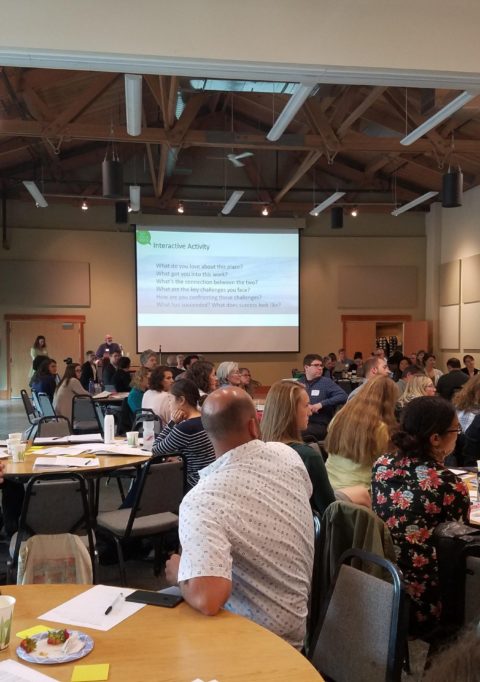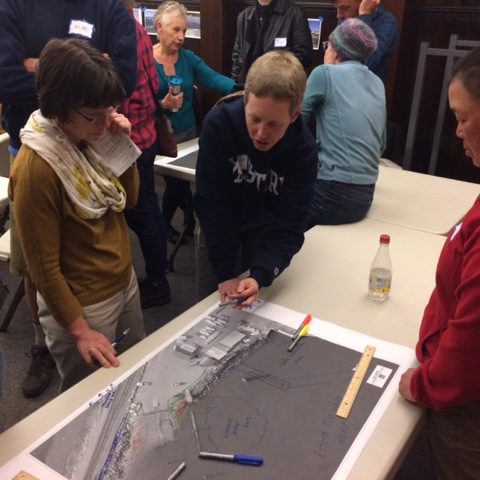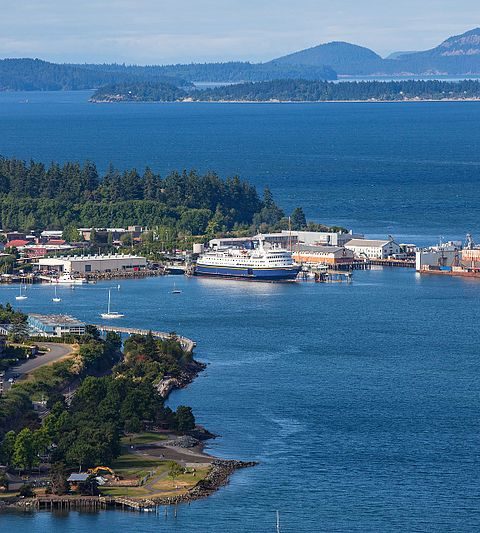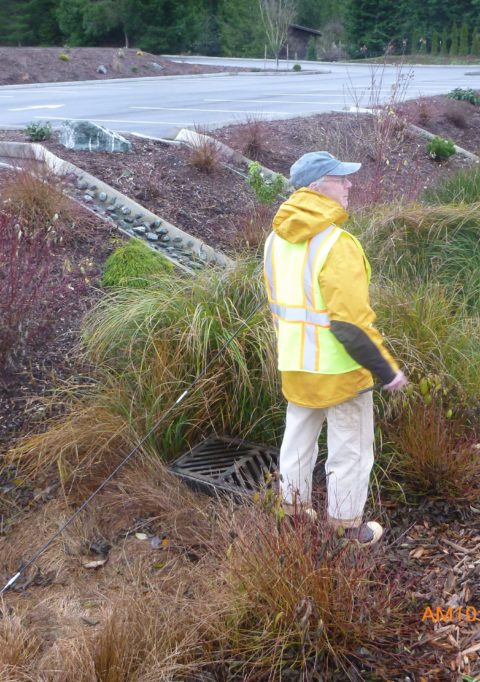Vancouver, Wash. – Maul Foster & Alongi, Inc. (MFA), a leading Pacific Northwest multidisciplinary firm, is excited to announce the acquisition of Peak Sustainability Group, a respected Bellingham, Washington-based firm specializing in climate change and sustainability services. The acquisition of Peak reflects MFA’s ongoing commitment to environmental stewardship and sustainable business practices. This partnership enables MFA…
Climate action planning and resilience in Washington State
In response to the accelerating impacts of climate change in Washington State, the state released a blueprint for “Preparing for a Changing Climate: Washington State’s Integrated Climate Response Strategy” in 2012. This strategy outlined goals and recommendations across various sectors to tackle climate change. In 2023, the Legislature acknowledged the need to update Washington’s climate response strategy. Their comprehensive approach emphasizes improving the state’s resilience by strengthening their existing strategy passed over a decade ago. One action the Legislature took in 2023 was to mandate climate action planning for large cities and counties.
Washington state’s most populous cities required to have a climate plan
In 2023, the Washington State Legislature required the state’s most populous cities to have a climate plan. House Bill 1181 requires the state’s 11 most populous counties and their cities with a population of 6,000 or more (as of 2021) to integrate climate change considerations into their comprehensive plans by 2025. In the top ten cities in Washington State, see what they are doing to plan for climate change
- Seattle – https://www.seattle.gov/environment/climate-change/climate-planning/climate-action-plan.
- Spokane – Spokane Climate Project
- Tacoma – Climate Action Planning Tacoma, WA
- Vancouver – Climate Action Framework: https://www.cityofvancouver.us/city-managers-office/climate-action/
- Bellevue – Climate Change and Environmental Stewardship, Bellevue, WA
- Kent – City of Kent Joins King County-County-Cities Climate Collaboration (K4C)
- Everett – City of Everett Climate Action Plan
- Renton – City of Renton Sustainability Profile
- Spokane Valley – Spokane Sustainability Action Plan – Final 2021 (spokanecity.org)
- Federal Way – Federal Way Engage website: https://engagefw.com/ (The City of Federal Way is developing a new Climate Change & Resiliency Chapter as part of their 2024 Comprehensive Plan Periodic Update.)
Counties are also taking climate planning and action seriously
While not an all-inclusive list, the following resources are examples showing that planning and priorities are being set for climate action in Washington State’s counties as well.
- Whatcom County Climate Impact Advisory Committee
- Skagit County Climate and Sustainability
- King County Climate Action Toolkit
- Thurston Climate Mitigation Plan
- Check County Plans: Washington law now requires counties to have climate action plans. Look for your county’s plan, which might encompass smaller cities within it. Search for “[county name] Washington climate action plan” (https://www.trpc.org/909/Thurston-Climate-Mitigation-Plan)
- City Websites: Many cities have sustainability sections on their websites. Search the website of the city you’re interested in for terms like “climate action plan” or “sustainability plan.”
- Washington State Resources: The Municipal Research Council of Washington State (MRSC) offers resources on climate action plans. They might have examples from smaller cities: https://mrsc.org/explore-topics/environment/sustainability/climate-action-resources
The example of Island County can be illustrative here. While they don’t have a publicly available climate action plan on their website as of March 2024, there is evidence they are in the process (as would be other counties that have not yet developed one.) It could look like this:
- The County crafts a Resolution: In September 2022, Island County passed a Climate Resolution https://www.islandcountywa.gov/721/Climate-Resolution expressing commitment to reducing greenhouse gas emissions and strengthening resilience to climate change.
- Comprehensive Planning Updates are underway: Island County is currently working on updates to their Comprehensive Plan. This will help them to comply with House Bill 1181, which requires them and all Washington State counties to include climate resilience elements in their plans: https://www.islandcountywa.gov/Bids.aspx. This suggests they are taking climate action planning seriously.
Smaller Washington cities encouraged to coordinate on planning
While not mandatory, climate planning is encouraged for all other jurisdictions in Washington State. Not all cities in Washington State are currently required to do climate planning. Smaller cities with a population under 6,000 don’t have a legal mandate to create plans yet.
Information on smaller cities is harder to find. There isn’t a central registry listing all of Washington State cities’ climate plans. In particular, the lack of a central registry can make finding plans more challenging – especially for the smaller cities. However, these smaller cities may be participating in county-wide initiatives.
Examples of smaller Washington cities with climate action plans
Here are some examples of small cities in Washington State with populations between 10,000 and 20,000 engaged in climate action, sustainability, and/or climate resilience planning. Some of them directly work with their county and may be engaged in county-wide comprehensive planning efforts incorporating climate action, sustainability, and climate resilience components in their plans:
- Chelan (population around 4,000): Chelan, a tourist destination town, might be focusing on climate action due to its reliance on natural resources. County of Chelan, Washington and Climate Resilience Planning
- Port Townsend (population around 9,500): Port Townsend has a Climate Action Committee and a Sustainability Coordinator, suggesting they are likely working on climate action planning. Jefferson County Climate Action Committee: Climate Action Committee (CAC) | Jefferson County, WA
- Snoqualmie (population around 11,000): The City of Snoqualmie has committed to work in partnership with other Cities in the region and King County by actively participating in the King County-Cities Climate Collaboration (K4C). King County climate change action – King County, Washington and Comprehensive Plan Update 2044 | Snoqualmie, WA (snoqualmiewa.gov)
- Bainbridge Island Climate Action Plan – October 2020
- Climate Resiliency Plan – Port Angeles
- Yakima Council supports climate change action
- Walla Walla Sustainability
- Environmental Sustainability Redmond, WA
- City of Kirkland Climate Protection
Additional resources for Washington State
- Overview of Washington’s Climate Change Preparations https://www.georgetownclimate.org/adaptation/state-information/washington/overview.html
- Washington State Takes New Approach to Help Locals Boost Climate Resilience https://www.pewtrusts.org/en/research-and-analysis/articles/2023/11/28/washington-state-takes-new-approach-to-help-locals-boost-climate-resilience
- Address Climate Change – American Planning Association Washington Chapter https://www.washington-apa.org/
Peak Sustainability is engaged with several small cities and counties in their climate action planning processes. Please contact Peak if you are seeking independent assistance in preparing your plan, engaging your community, or seeking funding to do so. Learn more about our completed climate planning projects. Several more similar projects are currently underway at Peak.

